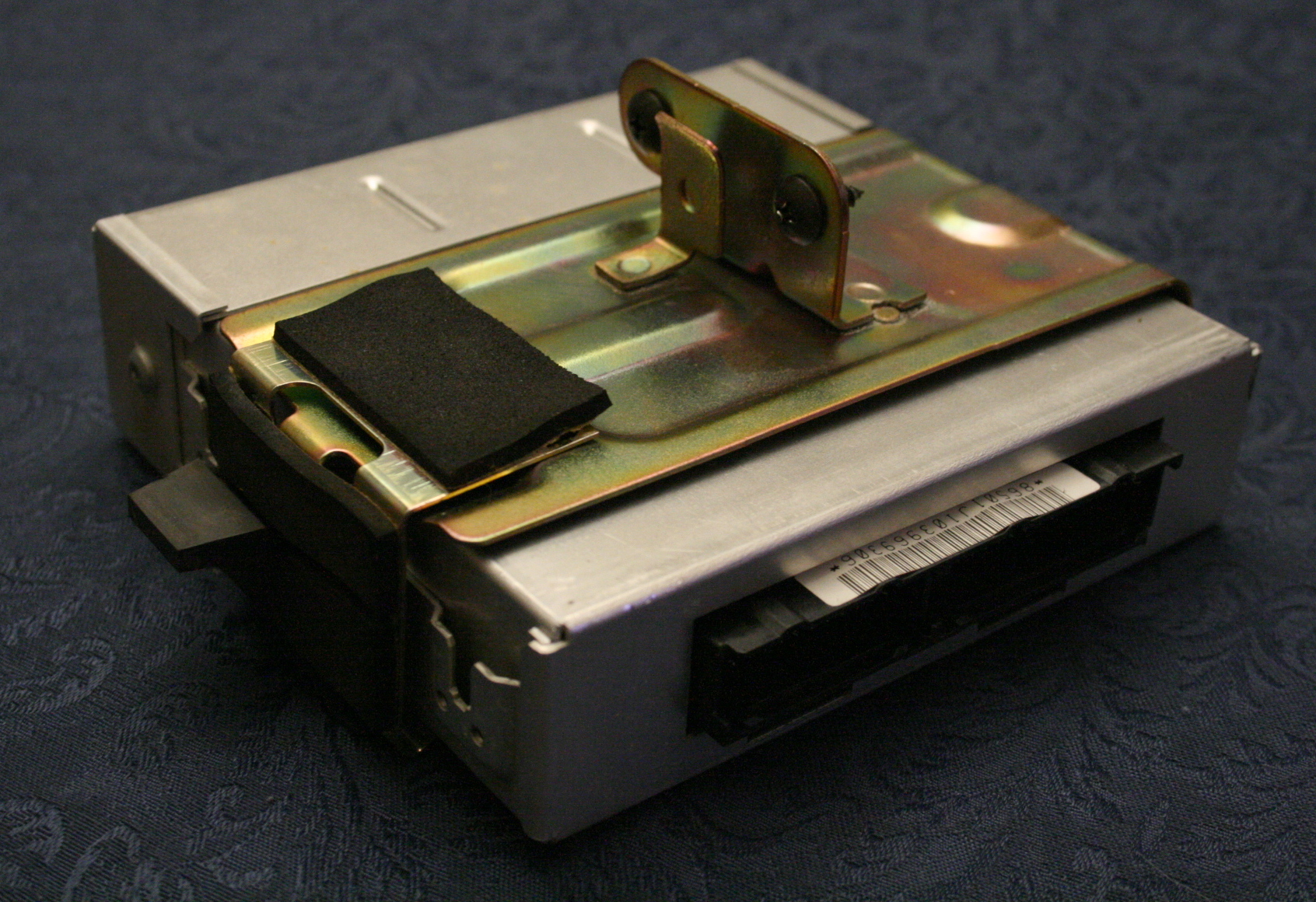|
Pass Through Device (automotive)
A passthrough device is used in conjunction with a computer to reprogram vehicle control modules through the OBD-II/CANbus port. Each manufacturer has their own type, but SAE International SAE International, formerly named the Society of Automotive Engineers, is a United States-based, globally active professional association and standards developing organization for engineering professionals in various industries. SAE Internatio ... standardized the J-2534 universal requirements in 2004, requiring all manufacturers to allow vehicles sold in the United States of America and Europe to accept powertrain reprogramming through specific universal parameters. References Automotive electronics {{automotive-tech-stub ... [...More Info...] [...Related Items...] OR: [Wikipedia] [Google] [Baidu] |
Electronic Control Unit
An electronic control unit (ECU), also known as an electronic control module (ECM), is an embedded system in automotive electronics that controls one or more of the electrical systems or subsystems in a car or other motor vehicle. Modern vehicles have many ECUs, and these can include some or all of the following: engine control module (ECM), powertrain control module (PCM), transmission control module (TCM), brake control module (BCM or EBCM), central control module (CCM), central timing module (CTM), general electronic module (GEM), body control module (BCM), and suspension control module (SCM). These ECUs together are sometimes referred to collectively as the car's computer though technically they are all separate computers, not a single one. Sometimes an assembly incorporates several individual control modules (a PCM often controls both the engine and the transmission). [...More Info...] [...Related Items...] OR: [Wikipedia] [Google] [Baidu] |
OBD-II
On-board diagnostics (OBD) is a term referring to a vehicle's self-diagnostic and reporting capability. OBD systems give the vehicle owner or repair technician access to the status of the various vehicle sub-systems. The amount of diagnostic information available via OBD has varied widely since its introduction in the early 1980s versions of on-board vehicle computers. Early versions of OBD would simply illuminate a malfunction indicator light (MIL) or "idiot light" if a problem was detected, but would not provide any information as to the nature of the problem. Modern OBD implementations use a standardized digital communications port to provide real-time data in addition to a standardized series of diagnostic trouble codes, or DTCs, which allow a person to rapidly identify and remedy malfunctions within the vehicle. History * 1968: Volkswagen introduces the first on-board computer system, in their fuel-injected Type 3 models. This system is entirely analog with no diagnos ... [...More Info...] [...Related Items...] OR: [Wikipedia] [Google] [Baidu] |
CANbus
A Controller Area Network (CAN bus) is a robust vehicle bus standard designed to allow microcontrollers and devices to communicate with each other's applications without a host computer. It is a message-based protocol, designed originally for multiplex electrical wiring within automobiles to save on copper, but it can also be used in many other contexts. For each device, the data in a frame is transmitted serially but in such a way that if more than one device transmits at the same time, the highest priority device can continue while the others back off. Frames are received by all devices, including by the transmitting device. History Development of the CAN bus started in 1983 at Robert Bosch GmbH. The protocol was officially released in 1986 at the Society of Automotive Engineers (SAE) conference in Detroit, Michigan. The first CAN controller chips were introduced by Intel in 1987, and shortly thereafter by Philips. Released in 1991, the Mercedes-Benz W140 was the first prod ... [...More Info...] [...Related Items...] OR: [Wikipedia] [Google] [Baidu] |
SAE International
SAE International, formerly named the Society of Automotive Engineers, is a United States-based, globally active professional association and standards developing organization for engineering professionals in various industries. SAE International's world headquarters is in Warrendale, Pennsylvania, 20 miles north of Pittsburgh, Pennsylvania. Principal emphasis is placed on global transport industries such as aerospace, automotive, and commercial vehicles. The organization adopted the name SAE International to reflect the broader emphasis on mobility. SAE International has over 138,000 global members. Membership is granted to individuals, rather than companies. Aside from its standardization efforts, SAE International also devotes resources to projects and programs in STEM education, professional certification, and collegiate design competitions. For historical legacy reasons, the label "SAE" is commonly used on tools and hardware in North America to indicate United States ... [...More Info...] [...Related Items...] OR: [Wikipedia] [Google] [Baidu] |



